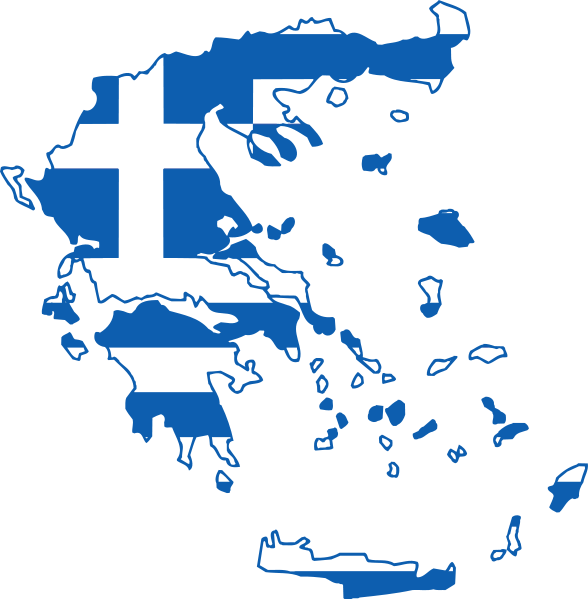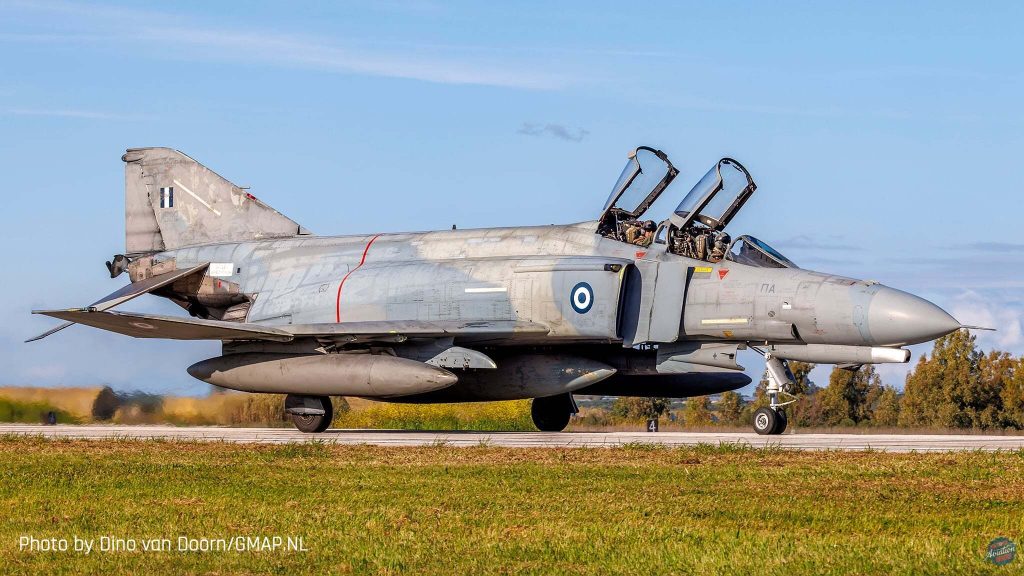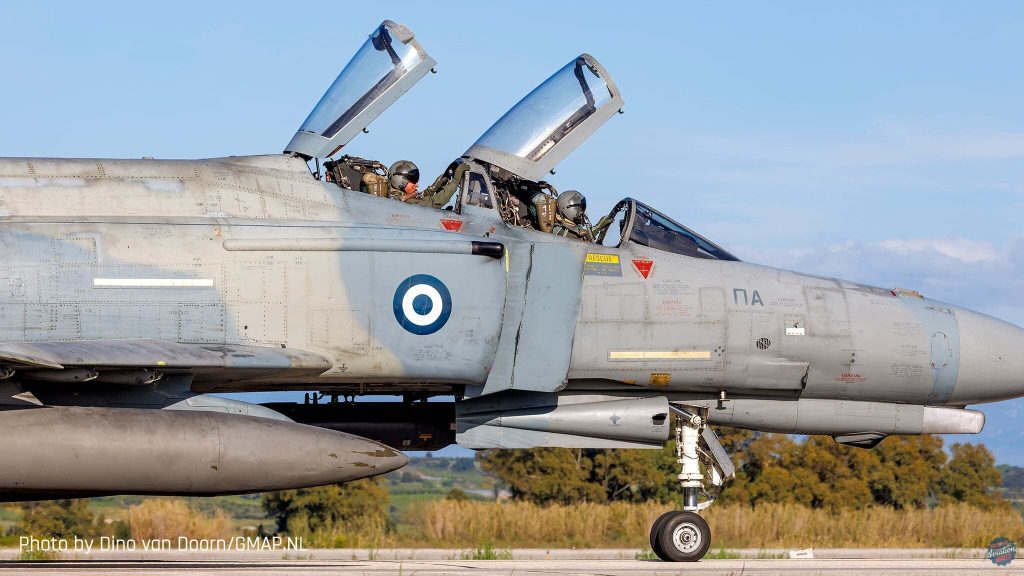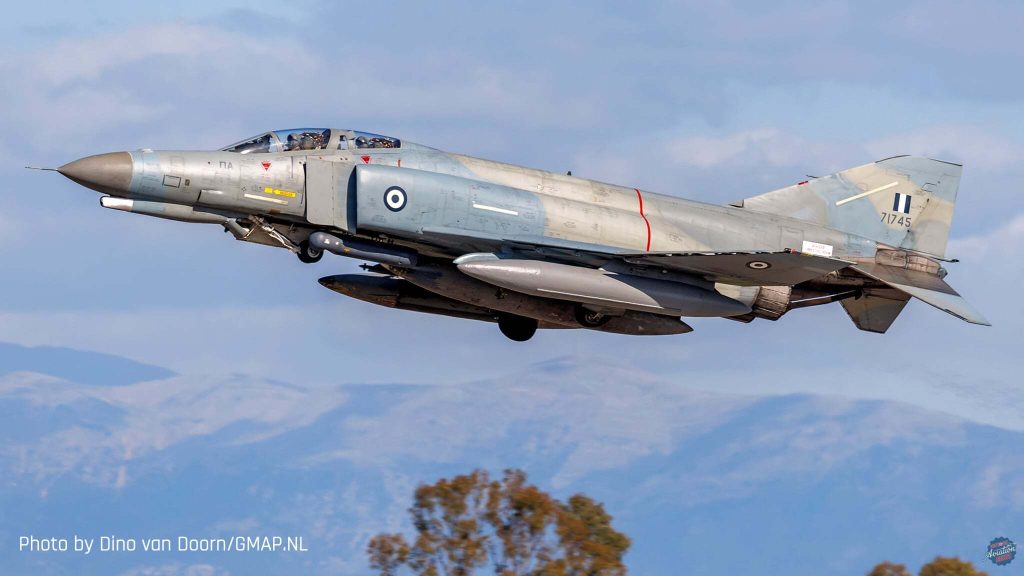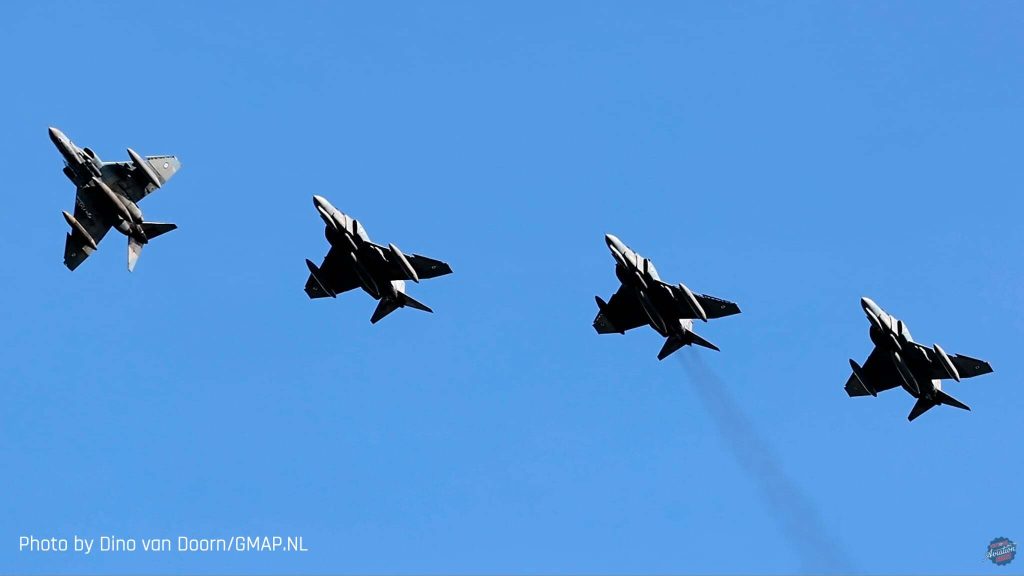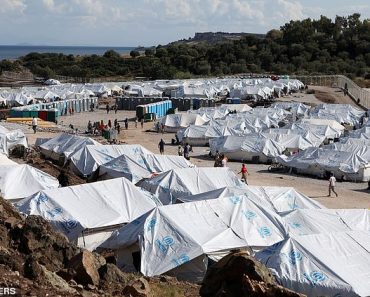At Vintage Aviation News, we typically focus on classic warbirds, but every now and then, a modern legend compels us to broaden our coverage. This is one of those moments. Enter the legendary McDonnell Douglas F-4 Phantom II—an aircraft that continues to make history even decades after its introduction. Although not a traditional “warbird” in the strictest sense, the Phantom II earns its place in our spotlight thanks to its iconic status and continued operational service with the air forces of Iran, Turkey, and Greece. The only privately owned, airworthy Phantom resides with the Collings Foundation in the U.S., but Greece’s Hellenic Air Force keeps the jet flying high in frontline service.

Enthusiasts from around the globe gathered in Greece to witness Iniochos 2025, an annual multinational air exercise held at Andravida Air Base in Western Greece. Running from March 24 through April 13, this year’s edition showcased a powerful display of airpower. On April 7, a special day was set aside for aviation spotters, and our friend Dino van Doorn of Dutch Military Aviation Photography was on hand to capture stunning images of the formidable “Rhino”—a beloved nickname for the F-4.
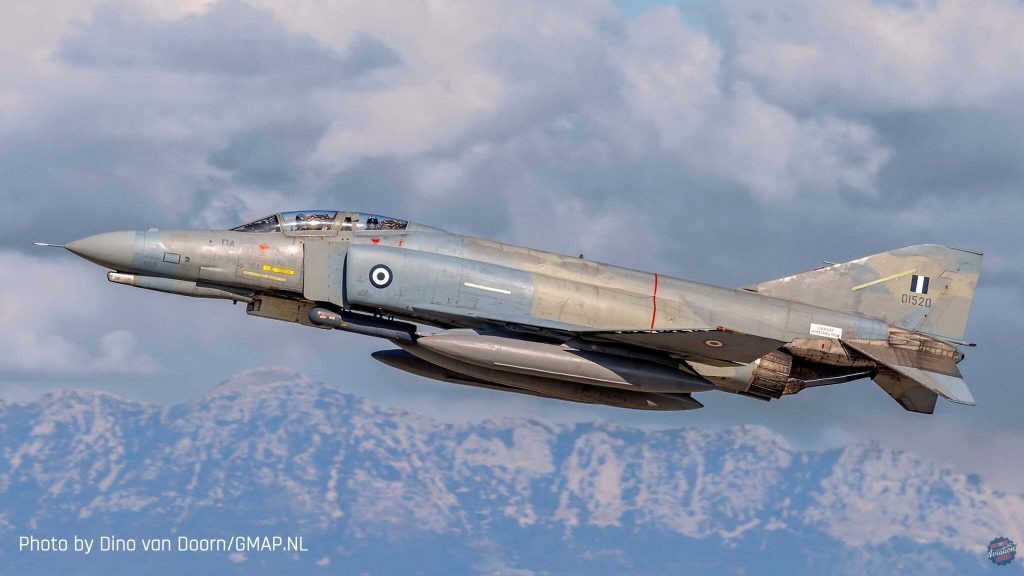
Inside Iniochos 2025
Organized and overseen by the Hellenic Air Force Fighter Weapons School, Iniochos 2025 is structured into three main phases. Phase 1, taking place from March 24 to 30, involves the deployment of all participating forces. Phase 2, running from March 31 to April 11, covers the core execution of the exercise. Finally, Phase 3, scheduled for April 11 to 13, wraps up the redeployment of all assets and personnel.

Each phase emphasizes the highest standards of mission planning, execution, and debriefing. The missions performed during Iniochos span the full spectrum of modern air operations, including offensive and defensive counter-air operations, strategic air operations, contributions to land and maritime operations, reconnaissance missions, combat search and rescue, time-sensitive targeting, and the protection of high-value airborne assets.
This year’s exercise included a diverse and impressive lineup of international participants. France contributed Mirage 2000 fighters, India participated with Su-30s, and Israel brought their G550 surveillance aircraft. Italy joined with Tornado strike jets, Montenegro sent Bell 412 helicopters, Poland flew in with F-16s, and Qatar participated with their F-15s. Slovenia contributed two PC-9 trainers, Spain sent F/A-18 Hornets, the United Arab Emirates deployed Mirage 2000-9s, and the United States participated with F-16s, along with KC-46 and KC-135 tankers.
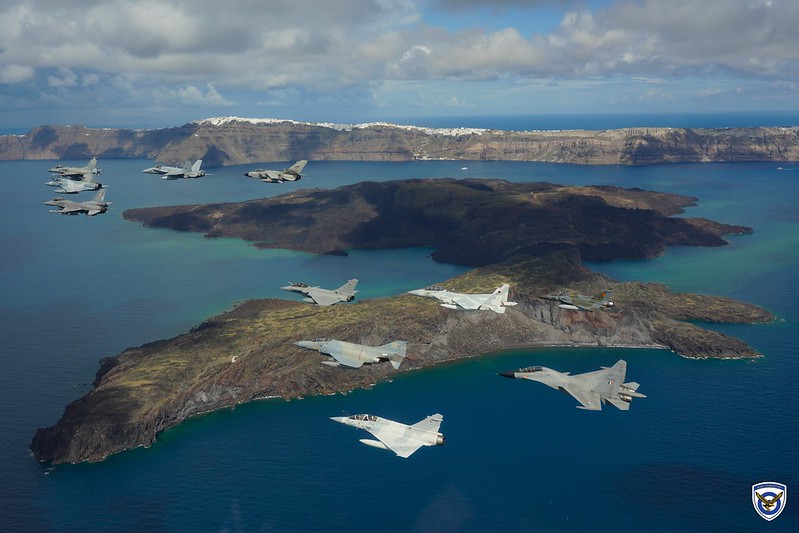
The Phantom’s Legacy in Greece
Greece first welcomed the Phantom II in 1974 under the “Peace Icarus” arms program. While it may be considered a second-generation jet, the F-4 remains a potent combat platform thanks to the extensive modernization effort known as Peace Icarus 2000. German aerospace firm DASA upgraded the aircraft with advanced electronics and mission systems, significantly extending its operational relevance.
Today, 34 upgraded F-4Es serve at Andravida with the Hellenic Air Force’s 117 Combat Wing, split between the 338 “Aris” and 339 “Aias” Squadrons. Meanwhile, a dozen RF-4E reconnaissance variants continue flying with the 348 “Eyes” Squadron at Larissa Air Base, under the 110 Combat Wing. The upgraded F-4Es sport the distinct “Aegean Ghost” camouflage, blending them with the blue and gray hues of the region’s skies, while the RF-4Es still wear their Vietnam War-era paint schemes—a nod to their storied past.
Many thanks to Dino van Doorn of Dutch Military Aviation Photography for providing these images.
